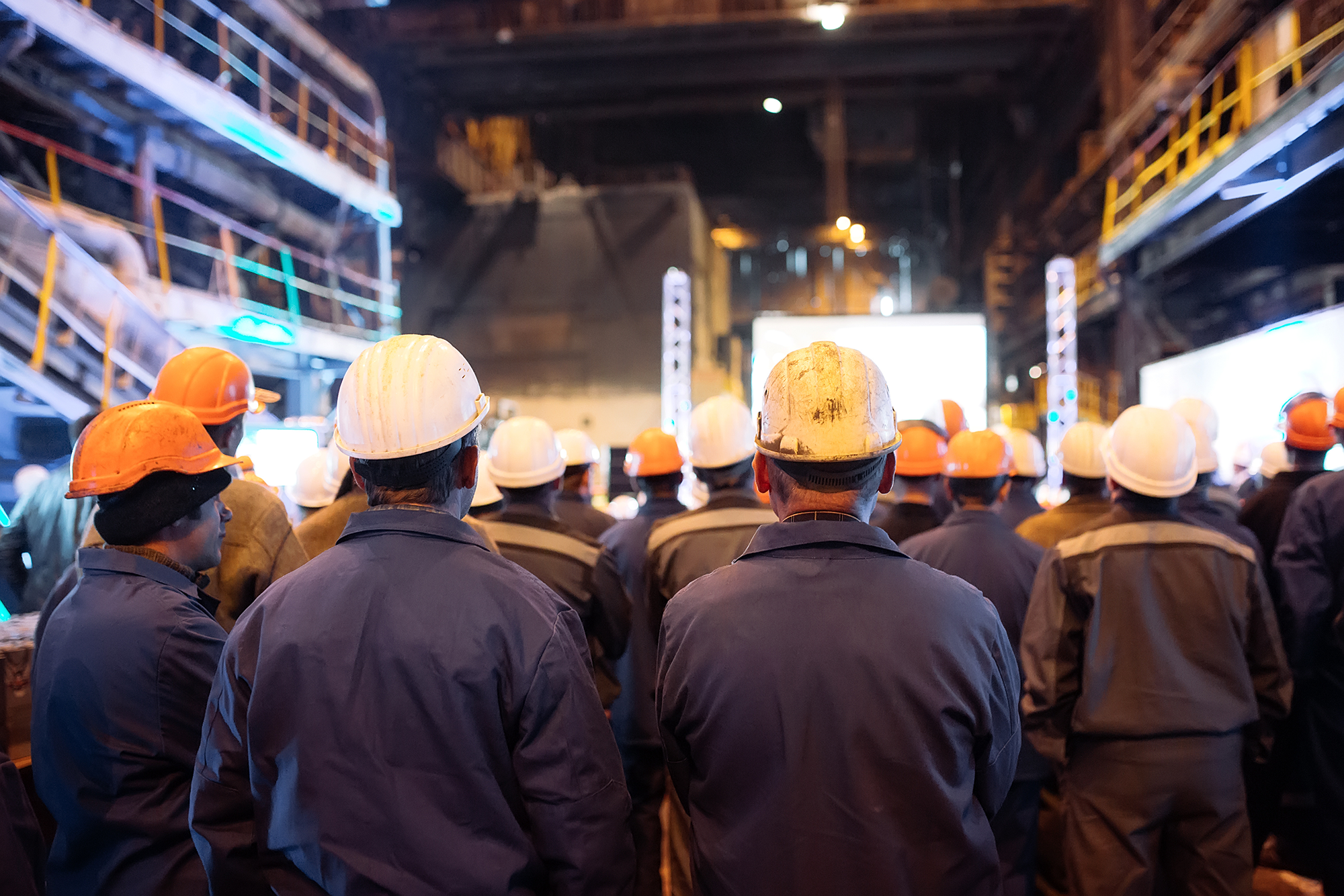
Workers’ Rights
All workers who cut and clean man-made artificial stone must be protected from silicosis with the following steps from their employer:
Safe Work Practices
Use water delivery systems without exception.
Properly handle all waste materials.
Your employer must ensure that you do not:
Do not use compressed air.
Do not dry sweep.
Do not move through or move equipment through dry dust or debris.
Do not rotate with other employees to reduce exposures.
Respiratory Protection
Receive proper fit testing and medical evaluation to use respiratory protection.
Use a full face, tight-fitting powered-air purifying respirator (PAPR) approved by the National Institute of Occupational Safety and Health or another respirator providing equal or greater protection.
Use a loose fitting Powered Air-Purifying Respirator (PAPR), half face tight fitting PAPR, full face non-powered air-purifying respirator, or equally protective alternative if the employer has proven that airborne exposures are always below the action level.
Use a supplied air respirator under certain conditions.
Safe Cleaning
Use safe clean-up methods that do not kick up dust without exception.
Training and Communication
Your employer must:
Provide training and information in a language you and your co-workers understand.
Post signs in English and Spanish that silica dust causes permanent lung damage and death at entrances to regulated areas.
Train you and your co-workers on symptoms of silica dust exposure and how to prevent exposures.
Encourage reporting of symptoms of silica dust exposure without fear of retaliation. That means it is illegal for your employer to reduce your hours, reduce your pay or benefits, or fire you for reporting safety concerns at work.
Exposure Assessment
Your employer must measure the amount of silica in the air at least every 12 months to assess the effectiveness of controls used to reduce dust.
Regulated Areas
Employers must ensure workers conduct all “high-exposure trigger tasks” in a clearly designated area (called the “regulated area”) with signs warning of silica dust hazards.
File a Complaint with Cal/OSHA
All workers have the right to file a confidential complaint with Cal/OSHA about workplace safety and health hazards in California.
Cal/OSHA will stop work at a workplace by issuing an Order Prohibiting Use (OPU) when dry operations are observed.
Cal/OSHA may issue an OPU when violations are found related to prohibited activities, respiratory protection, reporting of silicosis and carcinogen reporting.
Silicosis Reporting
Employers must report employees with confirmed silicosis or lung cancer to Cal/OSHA and the California Department of Public Health (CDPH).
Healthcare providers contracted by employers to evaluate their employees must report confirmed silicosis cases to Cal/OSHA.


